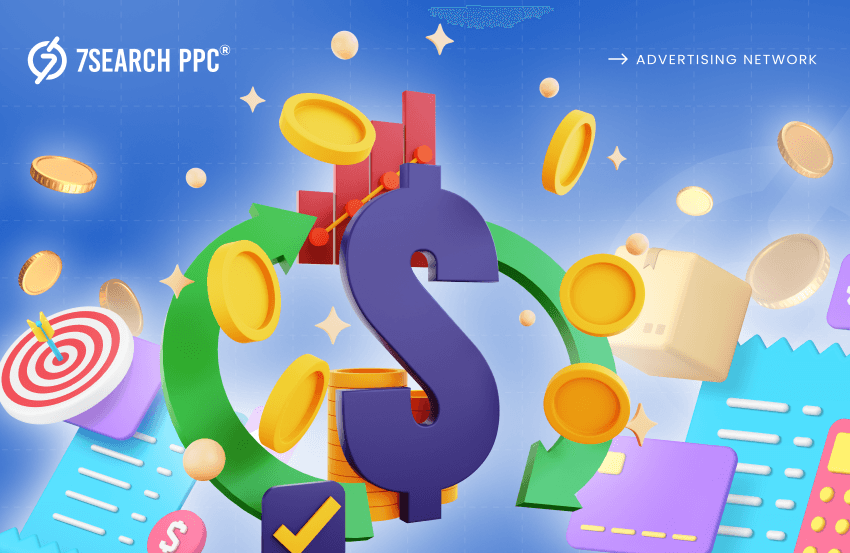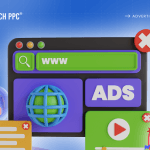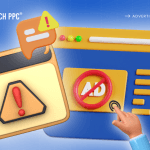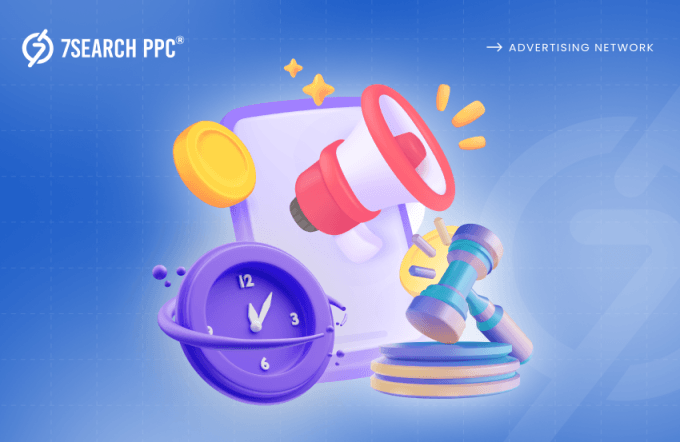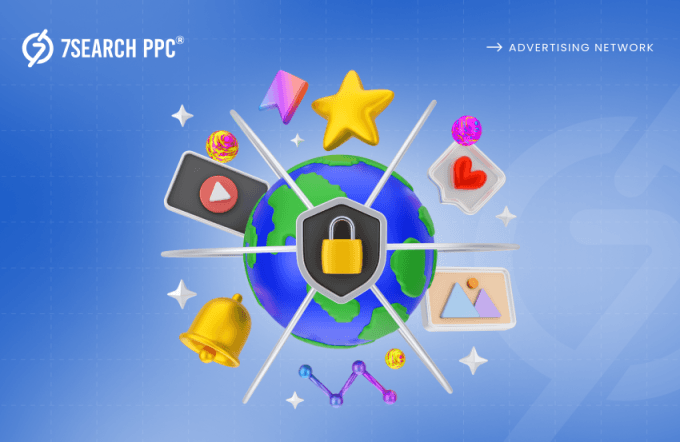Dynamic pricing is not a new topic anymore; we face it in our daily lives while adding items to our wish lists. You might have noticed that the price of a particular item changes at the time of purchase. Sometimes, the price goes high, and sometimes, it offers unexpected discounts.
Friends, these fluctuations in pricing are not glitches; they are controlled by the automated pricing system that decides the price based on factors including market conditions, demands, and supplies. It is a powerful tool that supports businesses in adjusting prices in real time to remain competitive. Are you a marketer struggling to set prices for your products and services?
This blog will end your difficulties by offering you insights about dynamic pricing that can help you make real-time adjustments and stay competitive in the market. Ready? Let’s go-
Dynamic Pricing: A Strategy You Should Know
Dynamic pricing, also known as real-time pricing strategy, is a fully automated pricing strategy that is used by businesses to tackle market fluctuations and optimize revenue based on changing demand and supply conditions. This strategy is mostly used by hospitality, travel, and e-commerce businesses to maximize profits by adjusting prices dynamically.
You can call it a smart price tag that can change according to the situation’s demands. Let’s take an example of a famous airways company, Indigo. During a festive season, the price goes up when many people are traveling and goes down in a non-festive season or an ordinary day.
Companies use this pricing strategy to tweak prices on the spot, taking into account things like:
•How many people want a product
•Competition in the industry
•Market conditions.
What Are The Advantages Of Dynamic Pricing?
After understanding the dynamic pricing, we know that you are fully convinced to utilize this strategy in your pricing game. But before that, it is essential for you to understand the benefits that you will get with this pricing strategy.
Pricing Control In Your Hand
Some people think that this pricing strategy removes the full control over the pricing from the marketer. However, what we have researched is completely against what people think. As an advertiser using this automated pricing model, you can check the latest prices for thousands of products in your industry in real-time.
You will know when your competitors change their prices and understand how much people want a product versus how much is available. This will help you choose the best prices for your products and increase your profits.
Flexibility
Most businesses avoid using this amazing pricing strategy without any reason. After research, we found that they think that their brand identity will damage their brand identity and their targeted customer experience. Friends, using this pricing strategy is a wise move for your brand.
It can help your brand by letting you set a minimum price that matches your brand’s worth and a margin to earn a profit without burdening your consumers with extra costs. At the same time, it gives you the power to be flexible and stay competitive.
Inventory Management
What type of business are you doing? Are you selling perishable products or low-shelf-life products, or are you looking to clear your stock? In all cases, dynamic pricing is the perfect choice. With this pricing strategy, businesses can change prices to sell extra stock fast or make more money when supply is limited.
Promotional Offers
For businesses, all days are not the same; some days, they experience high sales, and some days they face slower sales or low demands. Businesses can use dynamic pricing to make their promotions and discounts work better. They can change prices depending on the demand in the industry. This way, businesses can give discounts when demand is low to sell more and make customers happier.
Personalization
When you consistently buy a product from an e-commerce site or app, or you create an account on that platform, you might encounter personalized offers from marketers like:
•50% off on your first order
•30% off on your next three orders
These personalized offers are generated through dynamic pricing. It helps businesses by adjusting prices for each customer and giving personalized rates or discounts based on their past purchases, preferences, and loyalty, which can increase sales and brand awareness.
Beyond The Benefits: Exploring The Disadvantages Of Dynamic Pricing
Although dynamic pricing can boost earnings and adjust to market changes, it also has disadvantages. Here are the following potential drawbacks:
Trust Issues
As technology evolves, customers are also being educated to compare products and services with other alternatives before making a purchase. Customers might get annoyed and feel that dynamic pricing is confusing. It can make them think they are being charged unfairly or they are facing a fraud-type situation. With many alternatives around in the industry, customers can move towards other companies that provide them with the same product at a low cost.
Lack Of Transparency
Another issue with this pricing strategy that we found is a lack of transparency. When prices keep going up and down, it can be confusing for customers to know how much a product or service is really worth. This unclear pricing may lead to customer annoyance and the perception that the company has failed to maintain transparency in its pricing practices.
Discrimination
Some businesses might use dynamic pricing to discriminate against certain groups of customers, such as based on socioeconomic or other demographic factors. However, this approach can’t be appropriate for businesses because it directly harms their brand image in the industry.
Price wars
In perfect competition, using dynamic pricing might cause a problem where businesses keep lowering their prices to win the price game. This can lead to all the businesses making less profit in the end.
How Dynamic Pricing Operates
This automated pricing strategy involves businesses setting flexible prices for their offerings based on real-time changes in supply and demand. It’s time to understand how it operates:
Data Collection
In this pricing strategy, data plays a crucial role. Businesses collect the following data to decide their price range according to the current conditions:
- Consumer Behavior
- Competitors Price
- Market Demand and Supply
By smartly gathering, studying, and using this information, companies can set flexible prices to boost earnings, stay innovative in the market, and meet customer demands.
Analysis and Algorithms
High-tech software examines the data collected by companies. It figures out the best price by looking at things like how much people respond to price changes and if sales vary throughout the year. It also analyzes how competitors decide on their prices.
Real-Time Adjustments
Prices can be adjusted in real-time or at regular intervals, depending on the kind of industry. For example, when many people want the same product or have limited stock, prices might go up because the demand is high, and customers are willing to pay more for that particular product. On the other hand, prices might go down when things are slow to encourage more people to buy.
Feedback
During this step, businesses pay attention to what customers think about the new prices and how it impacts sales. They look at customer reviews and complaints, check if people are changing their buying habits (like leaving their shopping carts because prices are too high), and compare their sales with competitor sales data.
Understanding The Distinctions: Variable Pricing Versus Dynamic Pricing
Variable pricing and dynamic pricing are both strategies used in businesses to adjust prices, but they differ in their approaches and implementations. Here are some key differences for you:
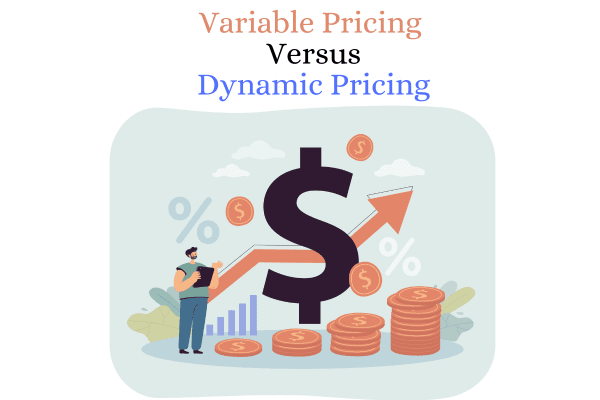
Variable Pricing
•This pricing strategy involves fixing prices based on predetermined factors.
•The predetermined factors include time of day, day of the week, seasons, etc.
•Prices in this strategy may not change frequently.
• In this pricing strategy, businesses change prices without monitoring market conditions.
Dynamic Pricing
•This pricing strategy involves adjusting prices in real-time based on market conditions.
•This pricing approach often utilizes algorithms and data analysis to continuously monitor factors such as demand, supply, competitor pricing, etc.
•Prices in this strategy can fluctuate rapidly and may change multiple times throughout the day or even within minutes.
•This pricing strategy is widely used in industries like e-commerce, transportation, etc.
Optimizing Your CPM Campaigns With Dynamic Pricing
Optimizing your (Cost Per Mille) CPM campaigns with dynamic pricing involves adjusting the bid amounts based on various factors in real time. Here are some important things to think about and steps to follow for your CPC campaign.
Real-Time Data Analysis
You must keep an eye on how your ads are doing by using real-time data analysis. You should pay attention to things like how many people are interacting with your ads, how many are actually buying your stuff, and how many people visit your site by traffic tracking. This helps you see what is working and what is not so you can decide the price even better.
Dynamic Bidding
You should adjust your bid prices as needed based on factors like time of the day, day of the week, and who is interacting with your ads. Pay more when there is lots of interest or activity and pay less when things are quieter to get the most out of your budget.
Audience Segmentation
Divide your audience into groups based on things like age, location, interests, and past history. Set your prices according to the groups, which can help you to cover all the audience segments.
Competitor Monitoring
Focus on your rivals and watch what they are doing and what bidding strategy they are using (automated or manual). Then, change yours for better outcomes. If they are bidding a lot for a particular group of people, you might need to bid more, too, so you can stay competitive.
Automated Bidding Tools
You must try out automated bidding tools offered by advertising platforms. These tools can adjust your bid prices automatically based on rules you set or by learning from data, saving you the hassle of doing it yourself. With the help of automation tools, you can focus on your pricing strategy rather than taking on the burden of bidding for ad space.
Conclusion
To sum up, dynamic pricing is a powerful tool for businesses to handle market changes and boost profits. It gives marketers full control and flexibility, allowing them to create personalized offers. However, there are downsides, like potential trust issues and a lack of transparency.
To make the most of this amazing pricing strategy, businesses should use real-time data analysis, dynamic bidding, audience segmentation, and automated tools in their cost-per-mille campaigns. Finding the right balance is crucial to enjoy the benefits without losing customer trust. So stay flexible, stay competitive, and let this amazing pricing strategy help you in the ever-changing market.
Frequently Asked Questions (FAQs)
What factors impact dynamic pricing?
Ans. Factors affecting the dynamic pricing are as follows:
- There are the following factors impact dynamic pricing
- Demand and Supply
- Competitor Pricing
- Seasonality
How do businesses adopt dynamic pricing?
Ans. Businesses use advanced algorithms and machine learning to analyze data and determine optimal pricing. They also monitor market conditions and adjust their pricing accordingly.
Can fluctuating pricing lead to price discrimination?
Ans. There is a chance for price discrimination if businesses use customer data to set prices based on individual characteristics.
How can businesses ensure ethical dynamic pricing practices?
Ans. Businesses should focus on the following points to ensure ethical practices:
- Transparency
- Avoid Discrimination
- Prioritize Fairness
More Resources
Steps to Advertise Health and Pharmacy Site to Increase Sales
Ways To Make Money With Cryptocurrency

